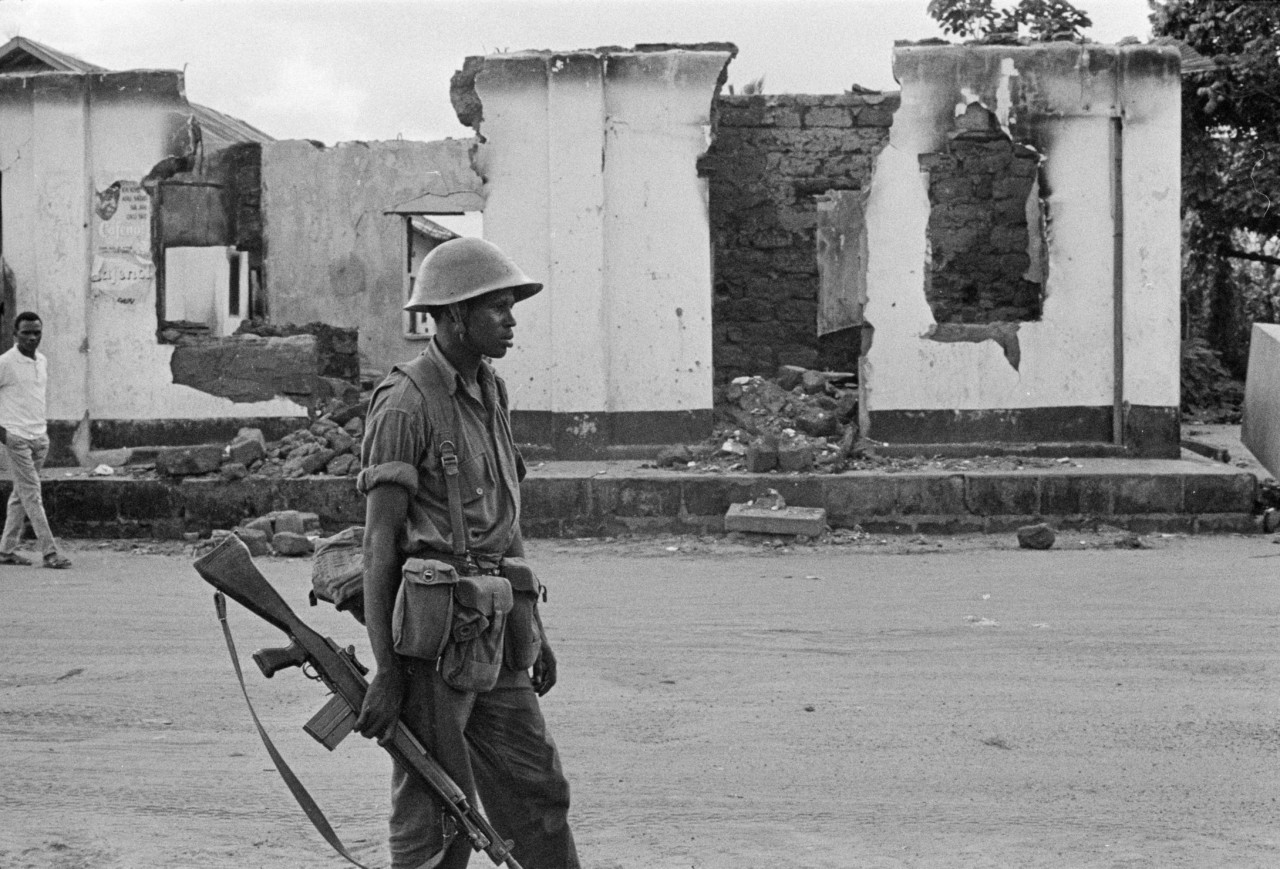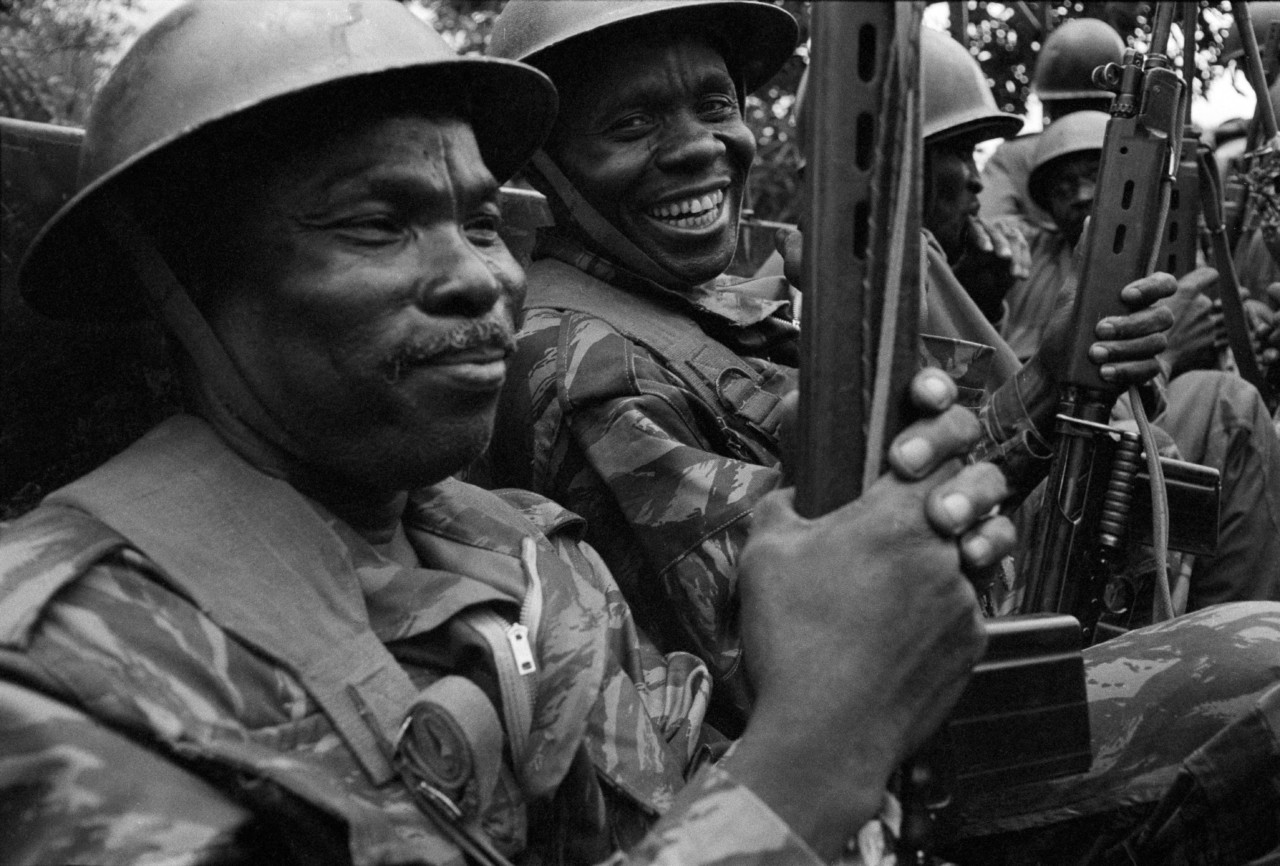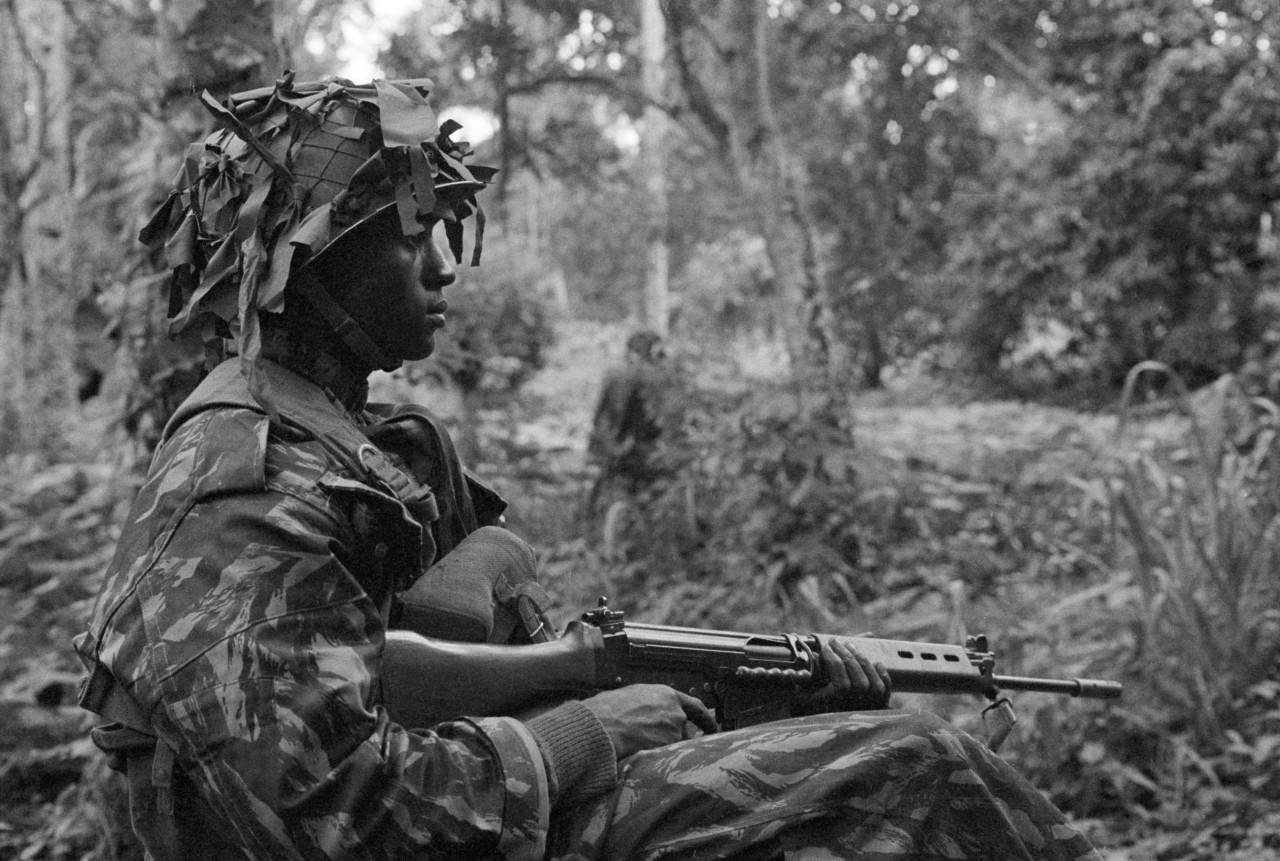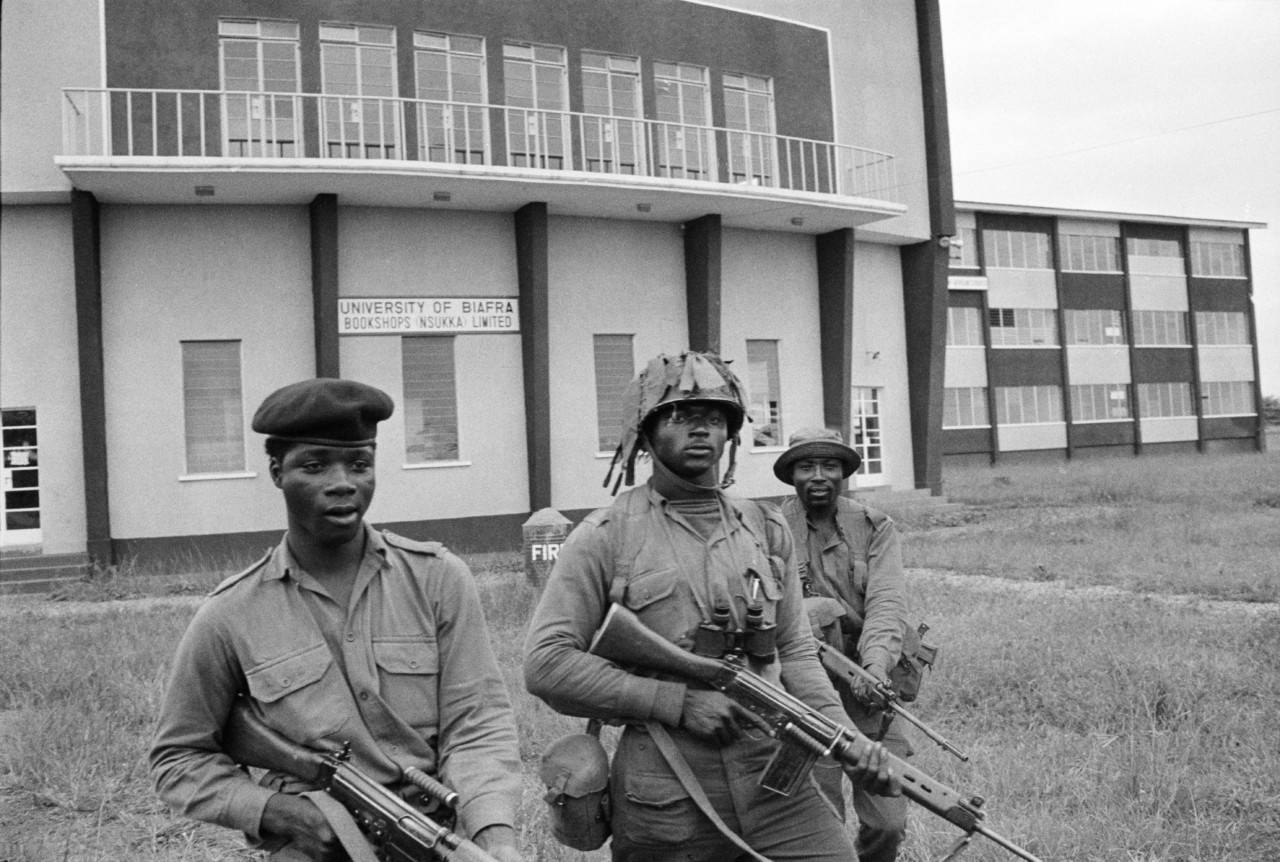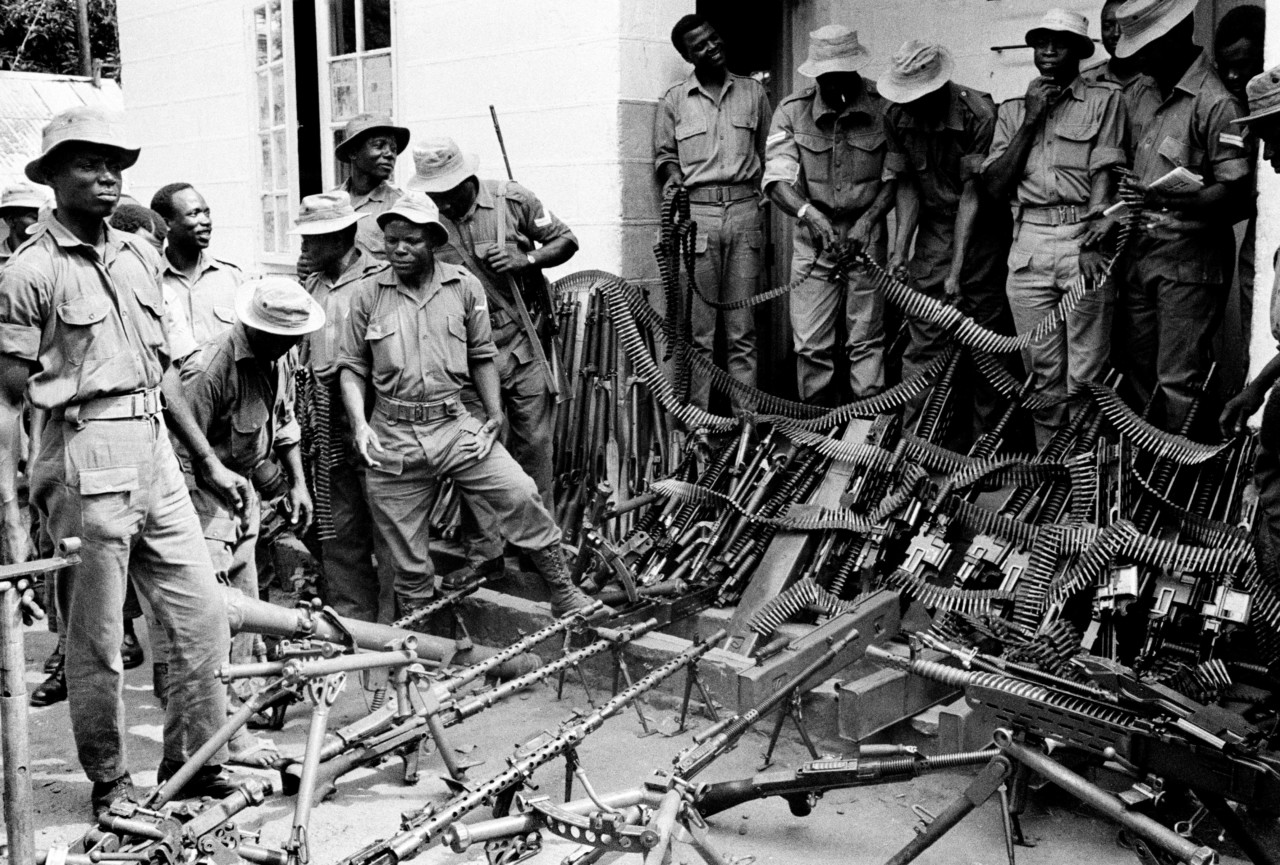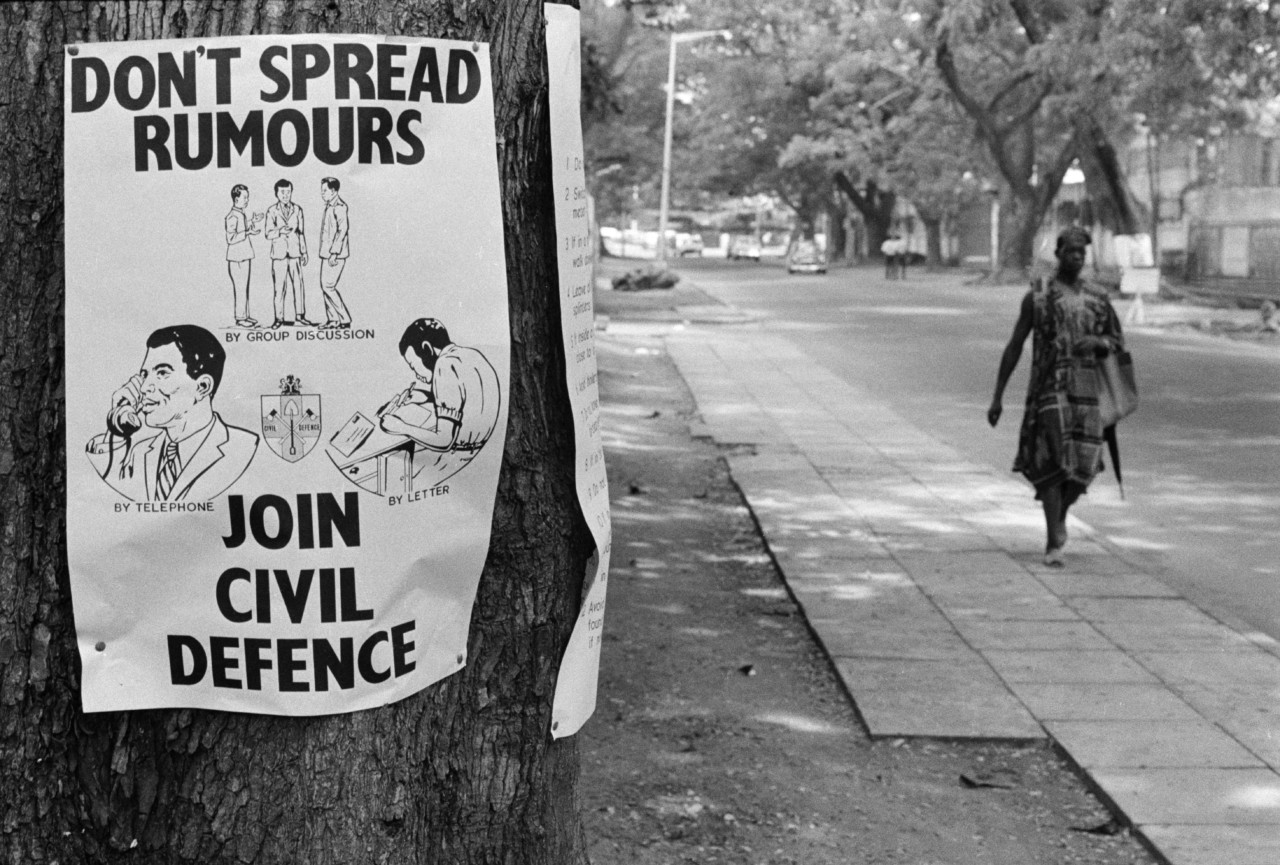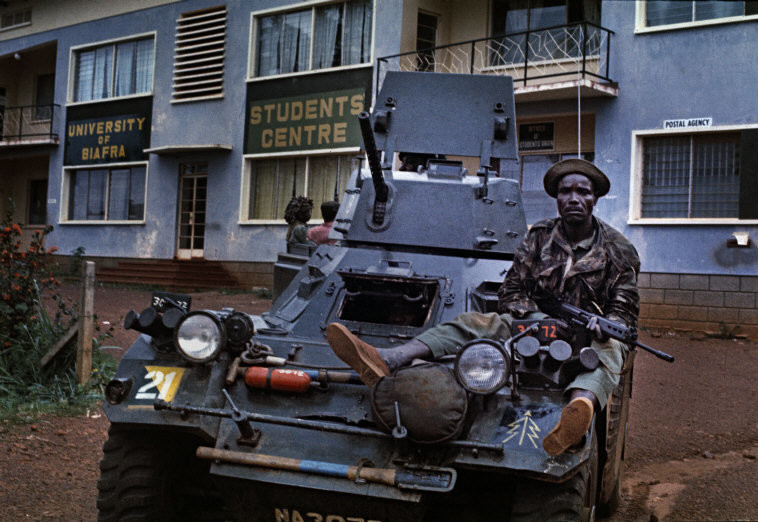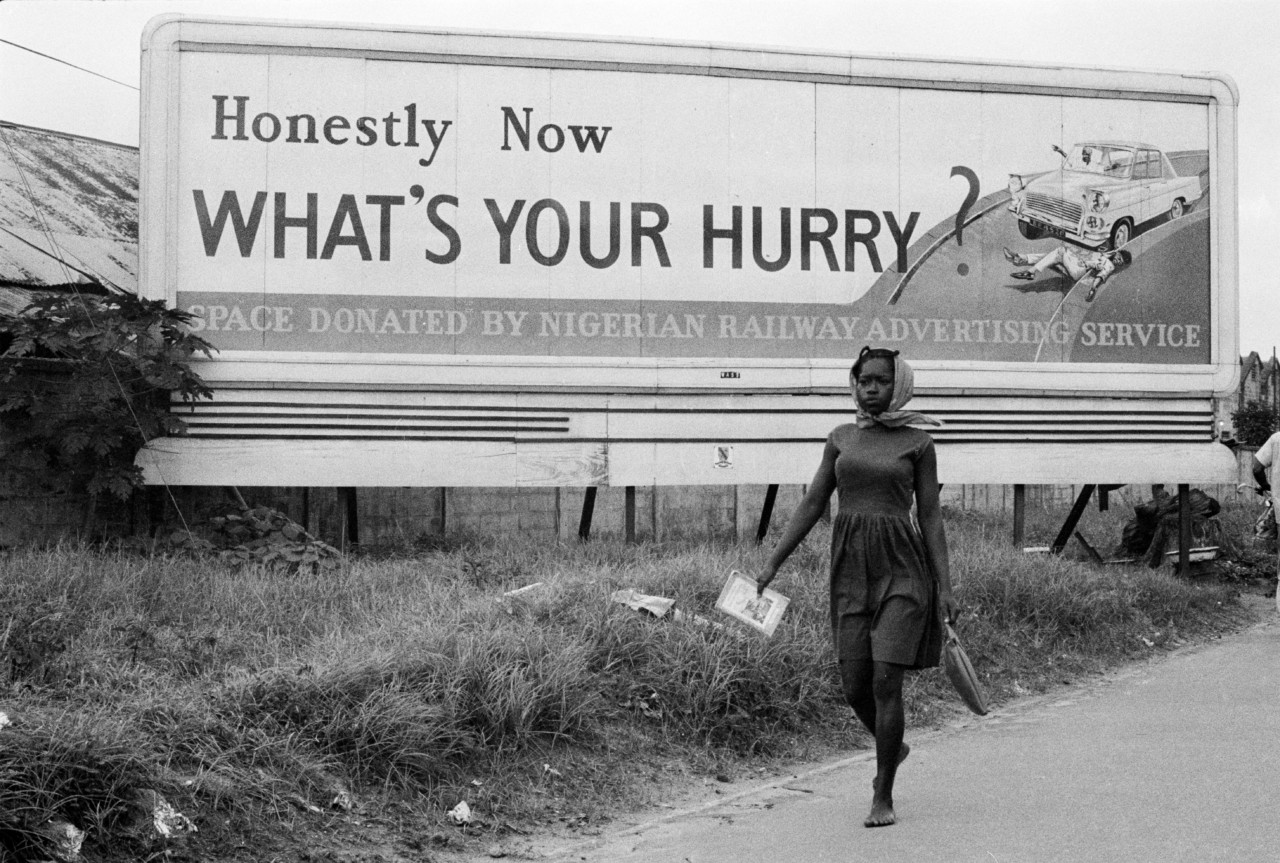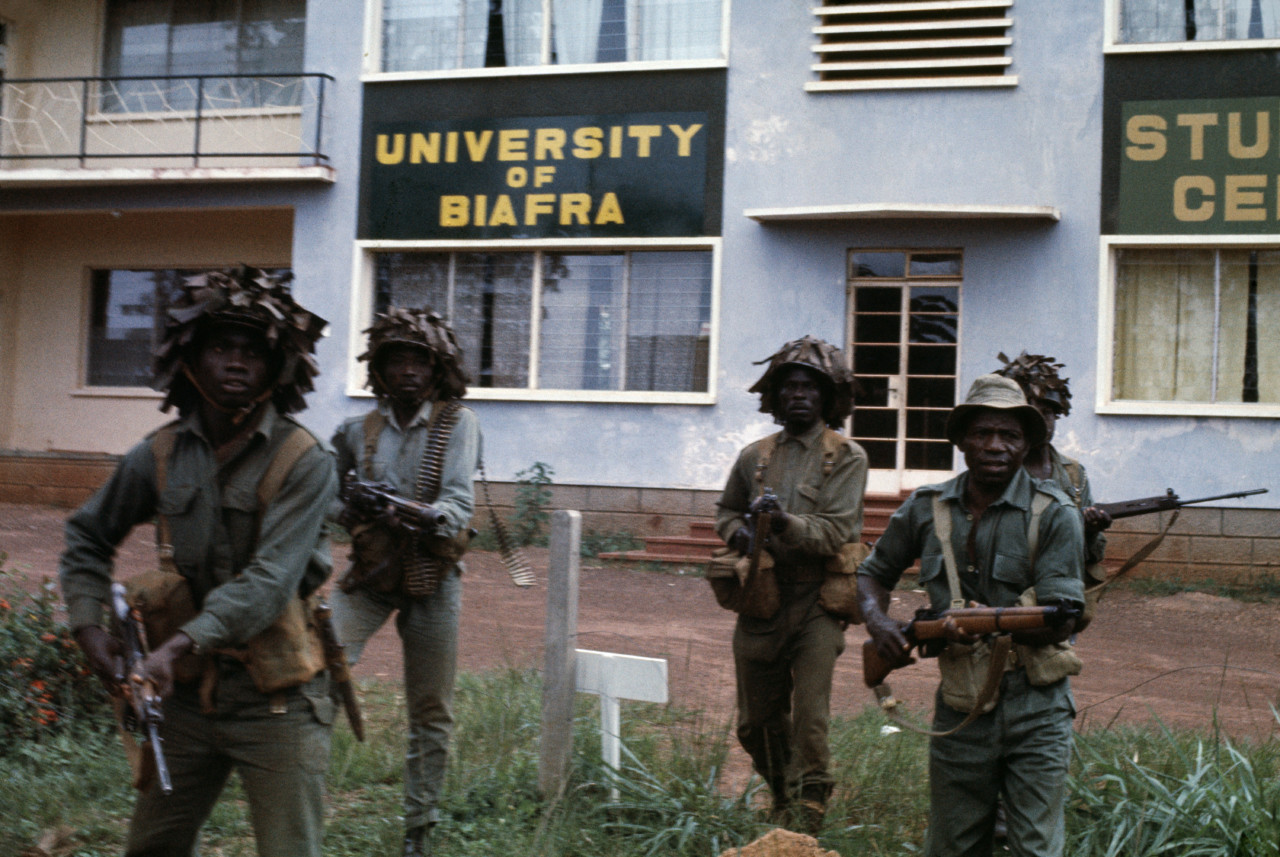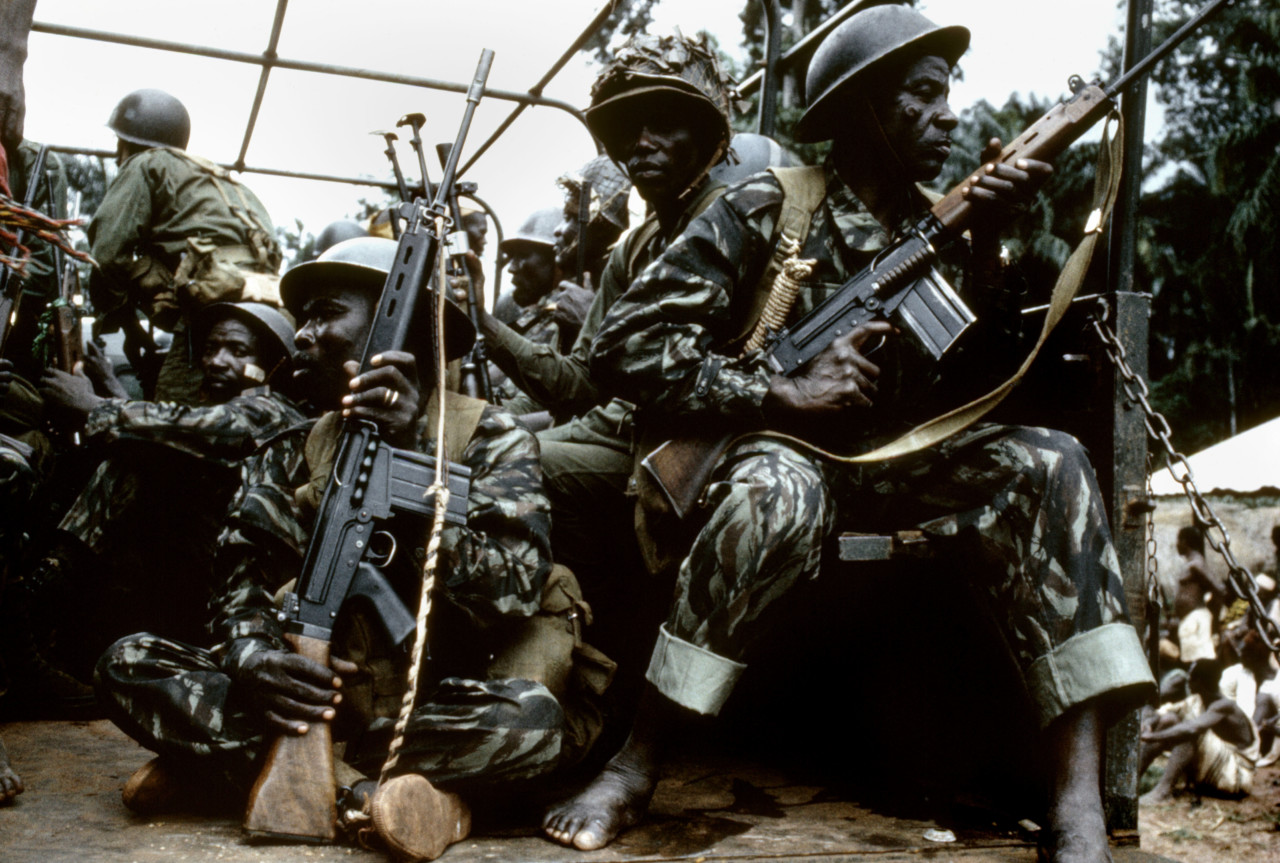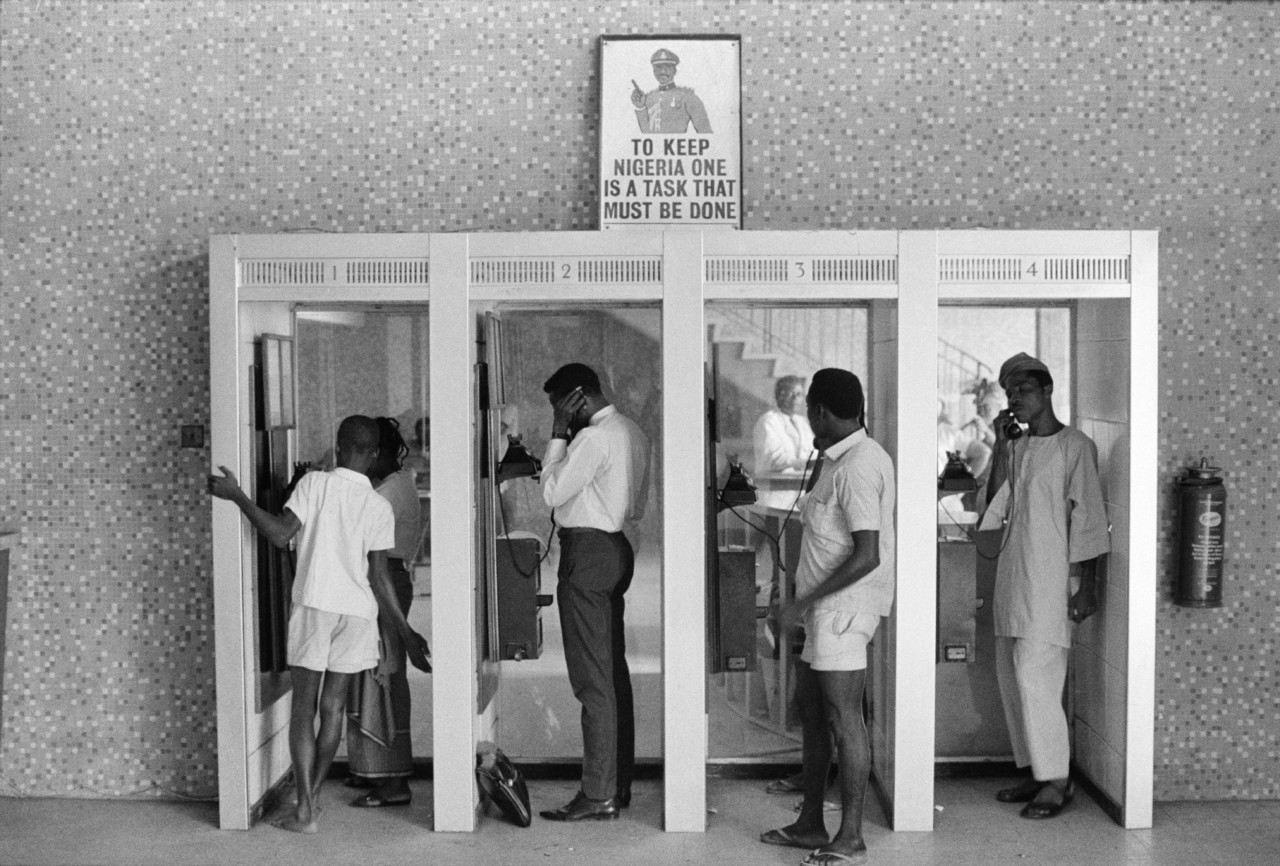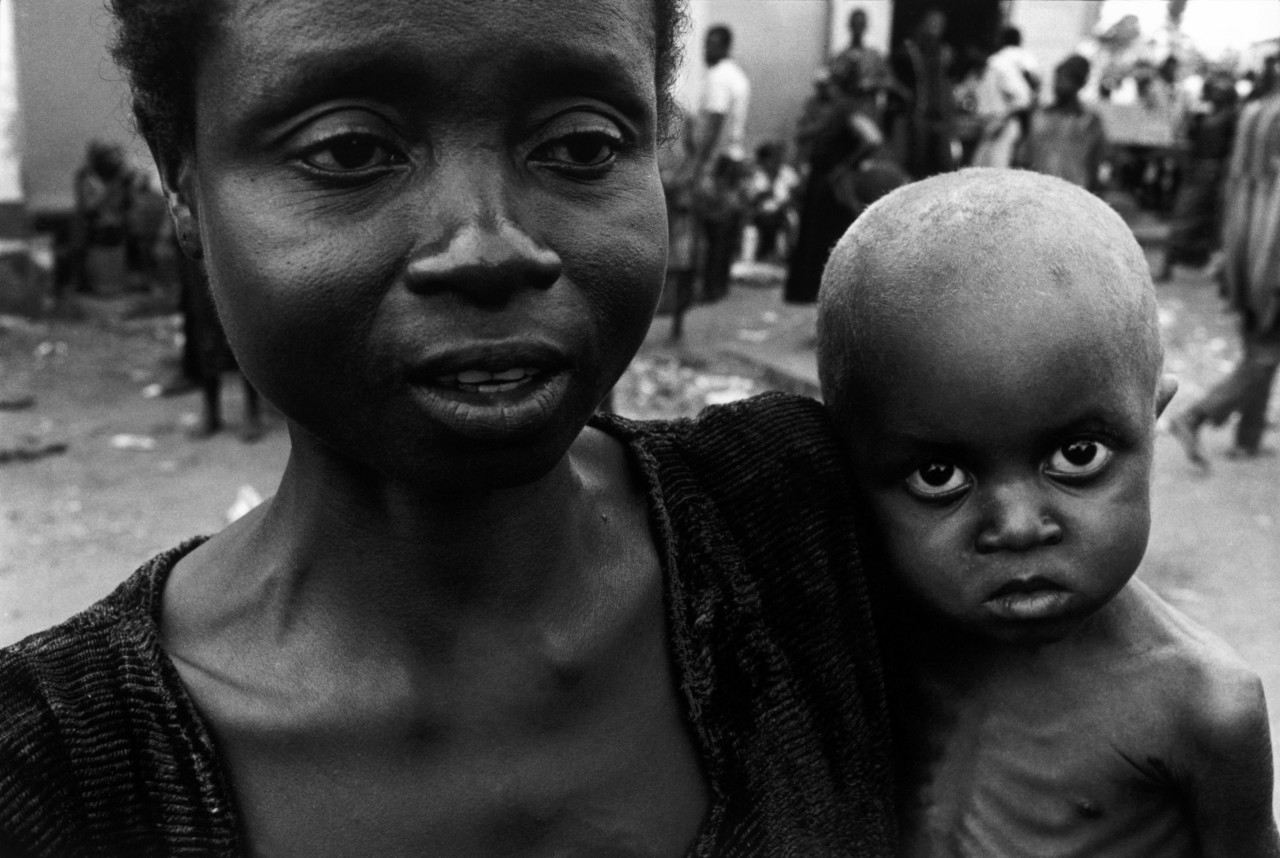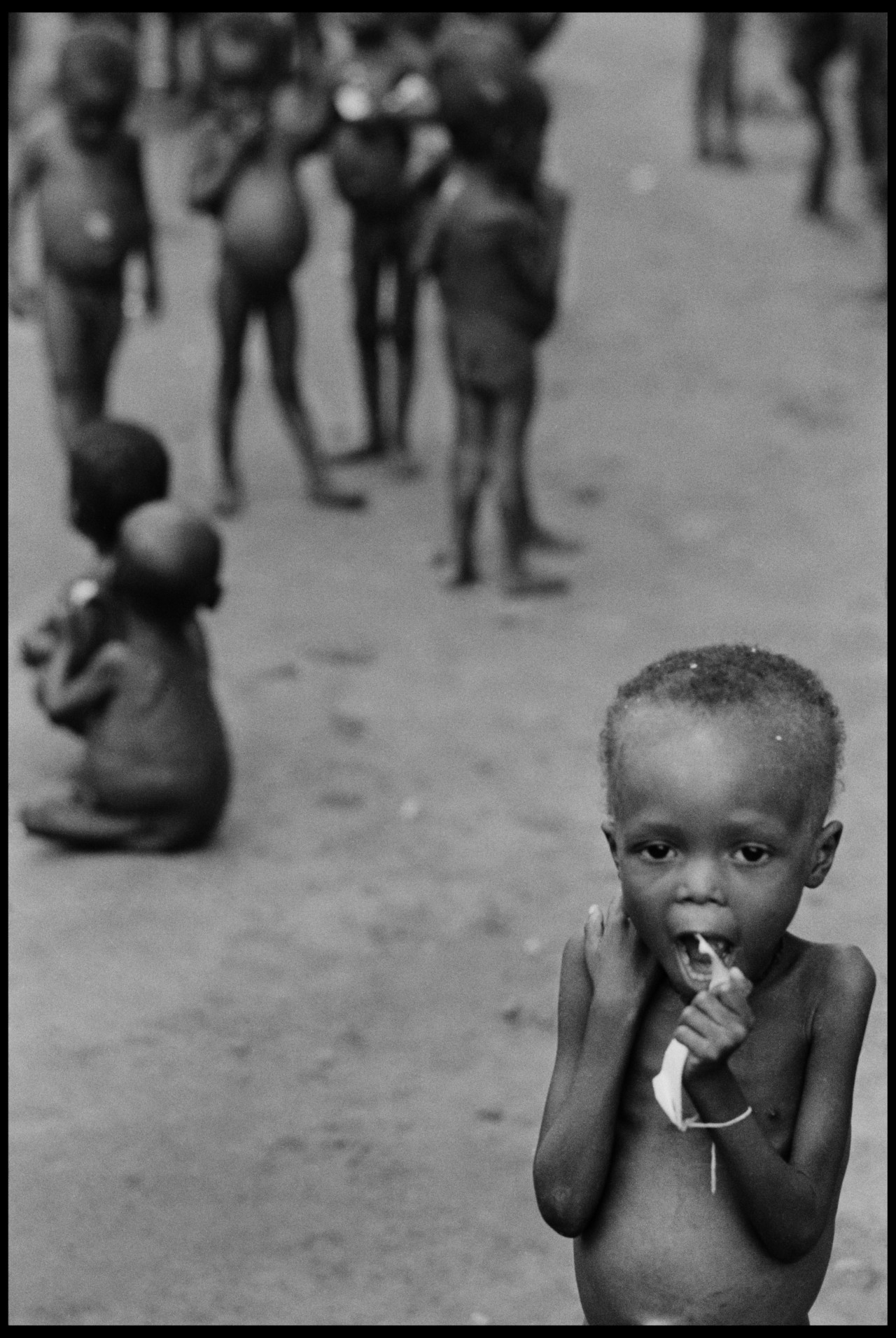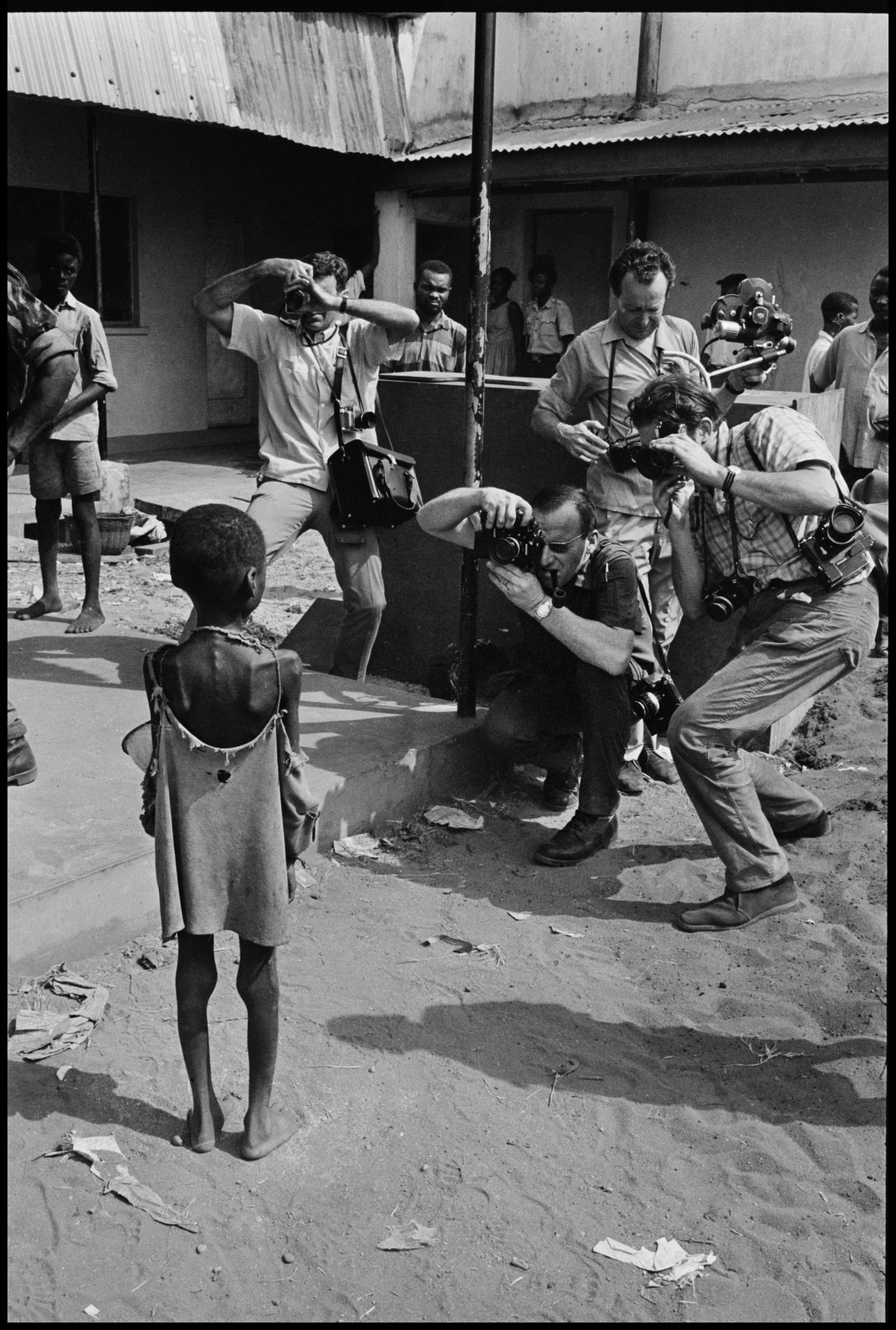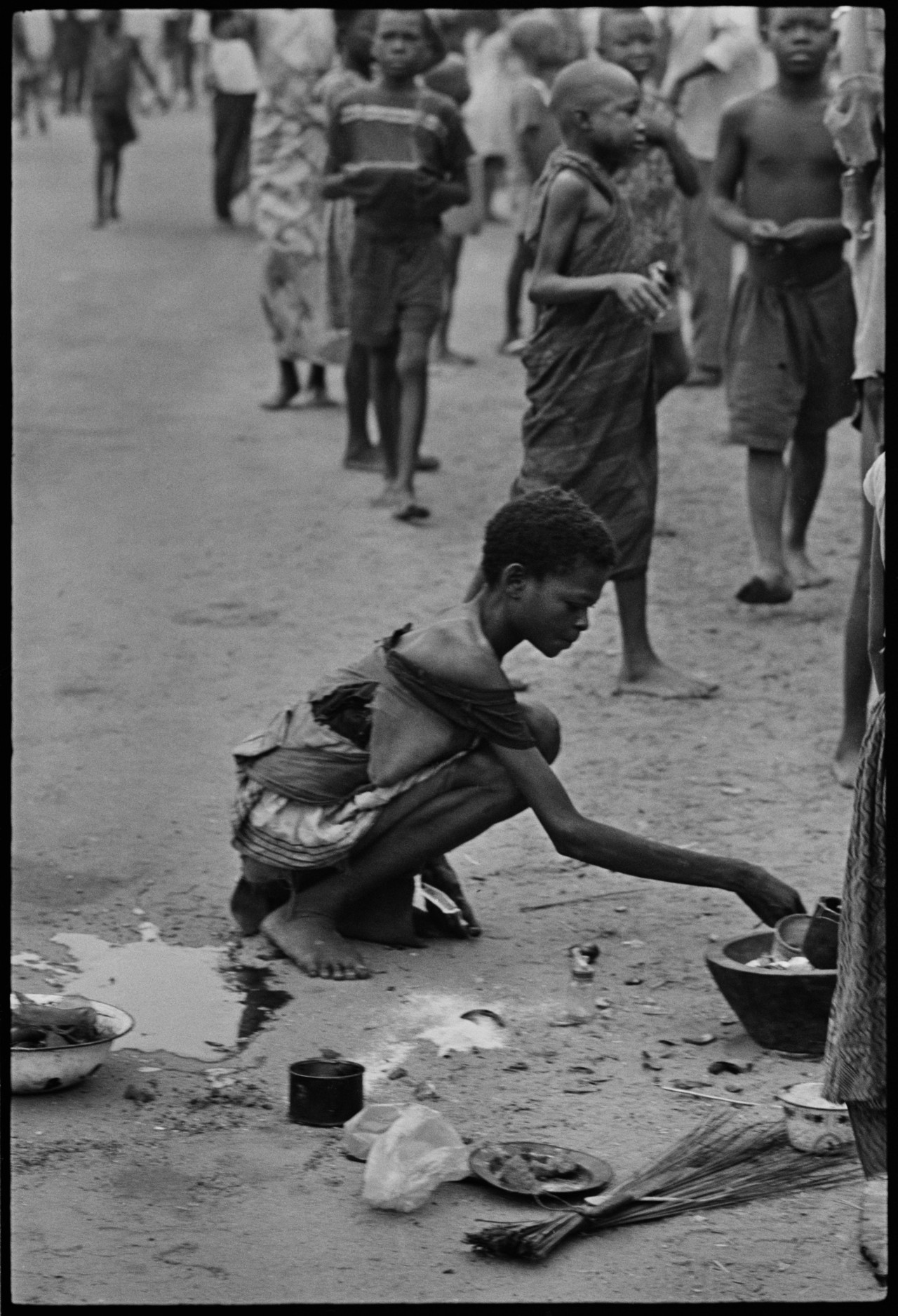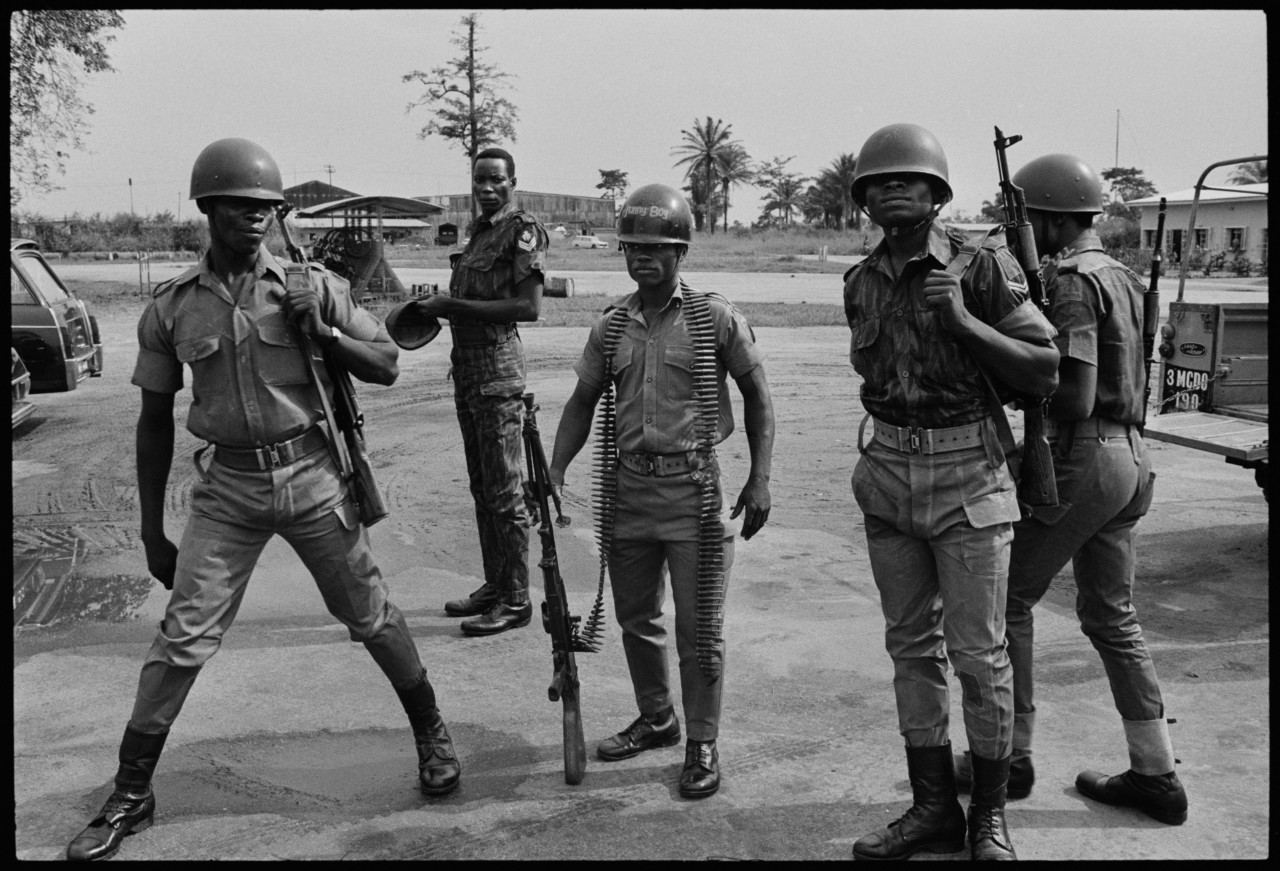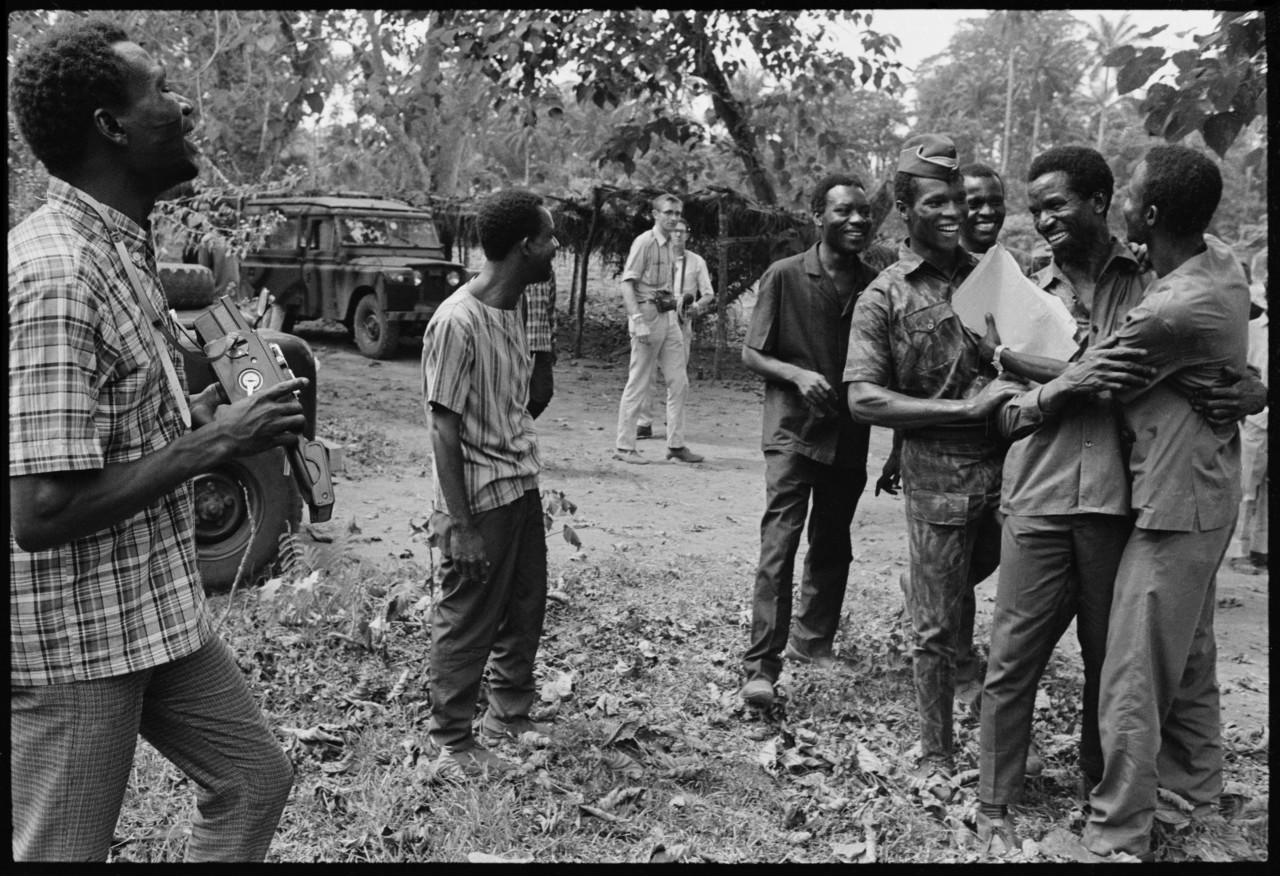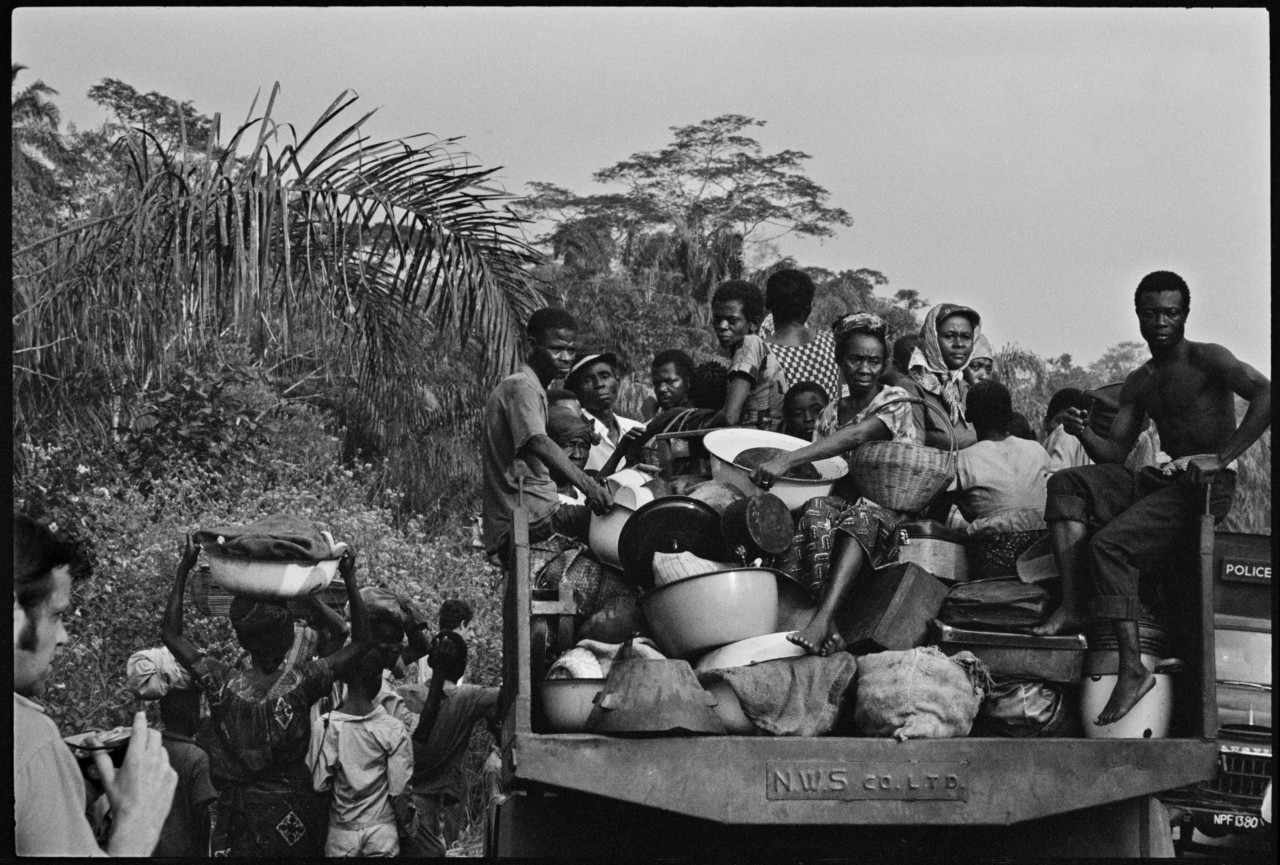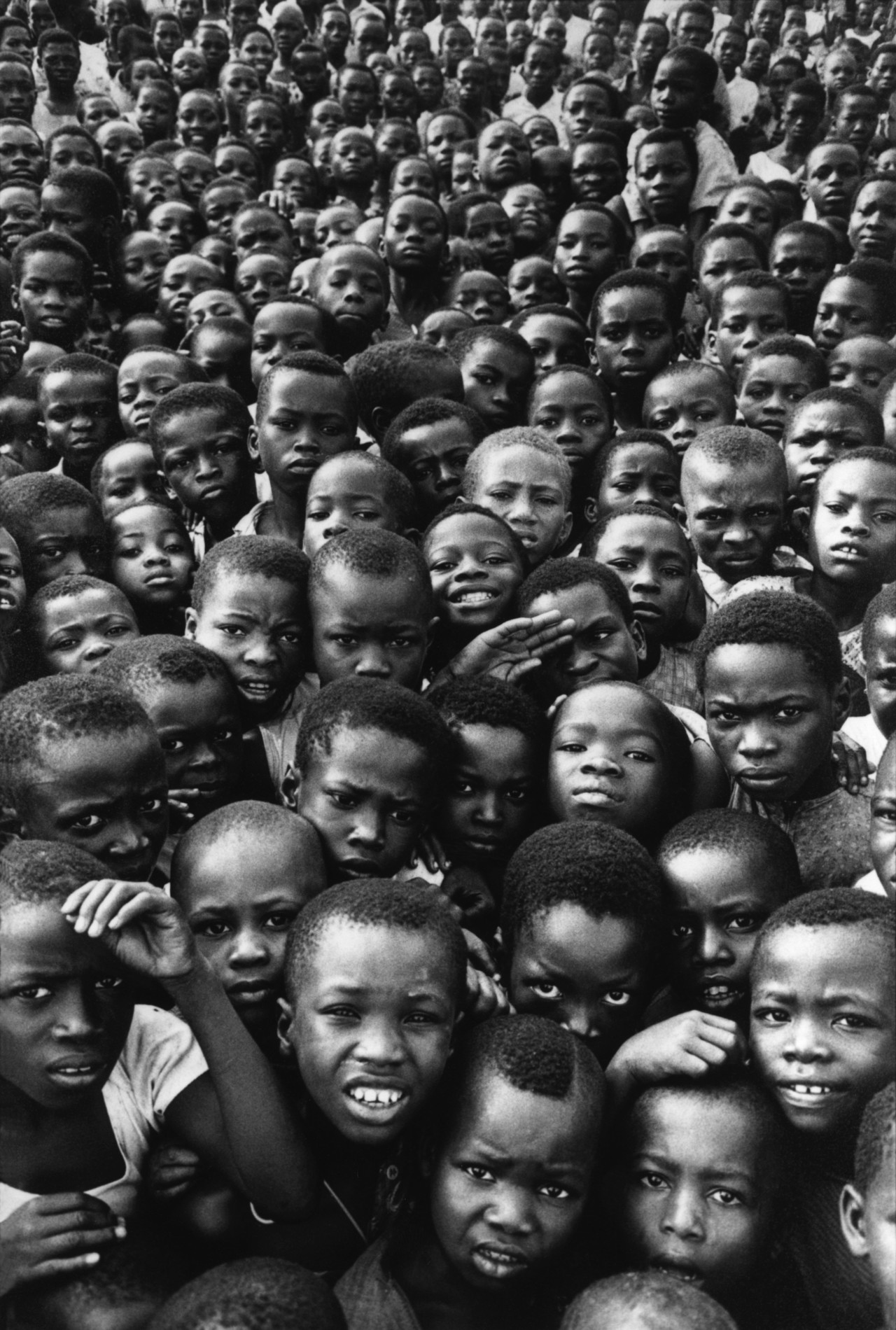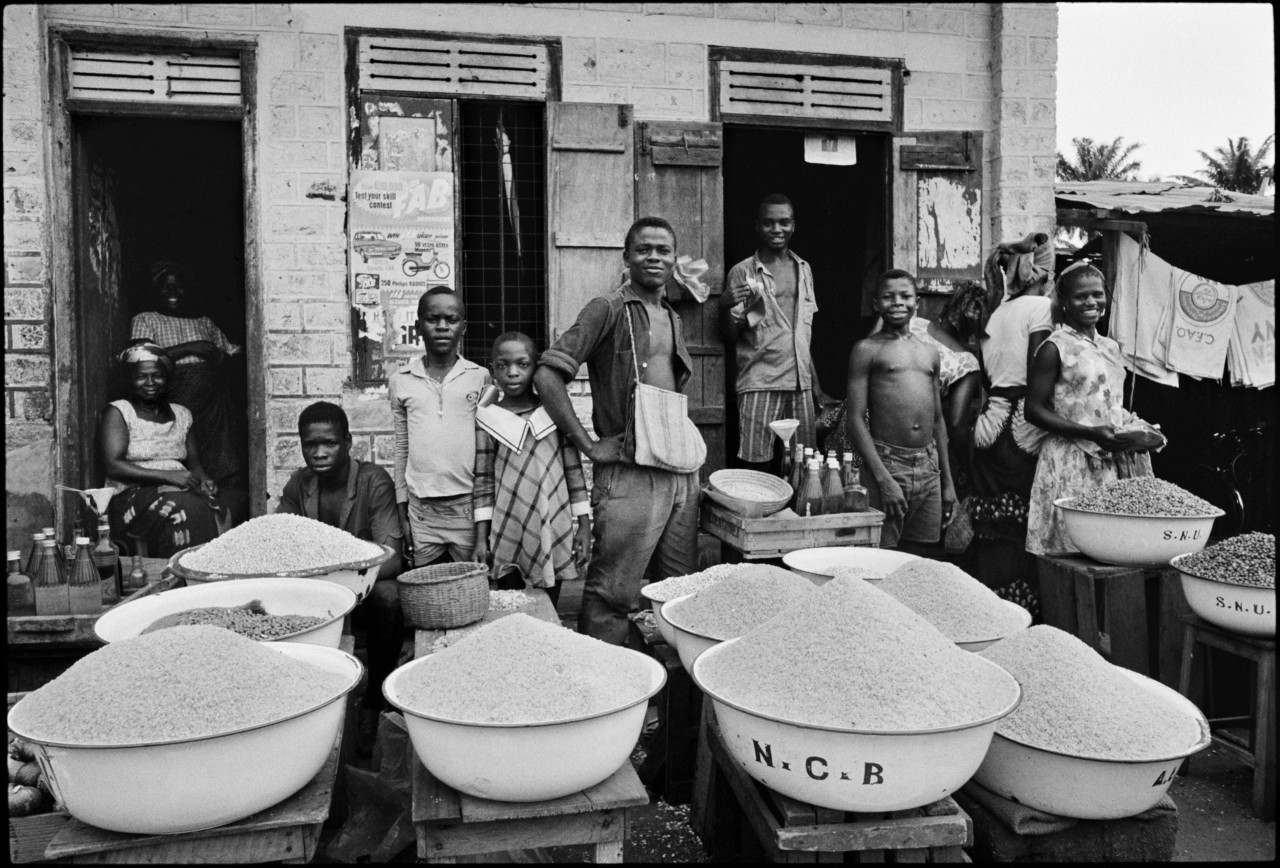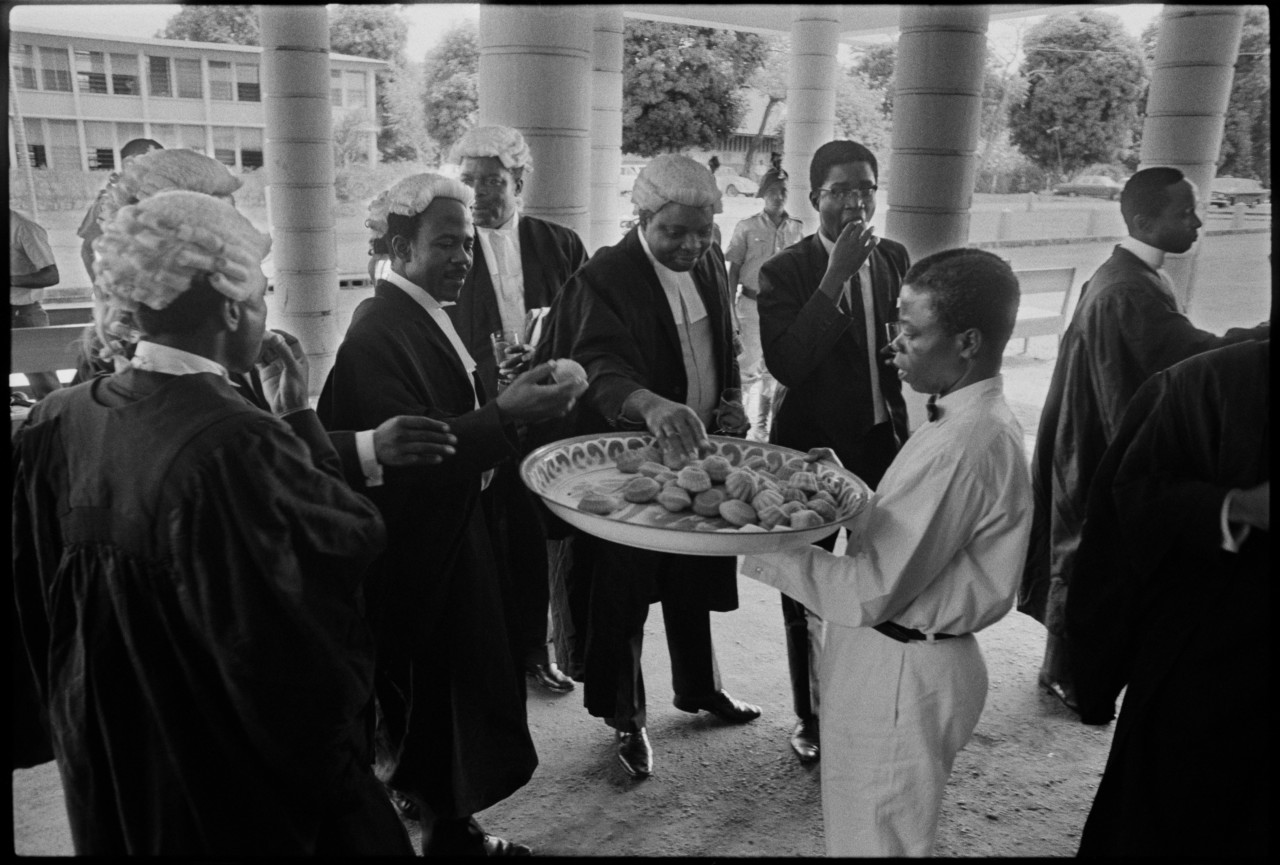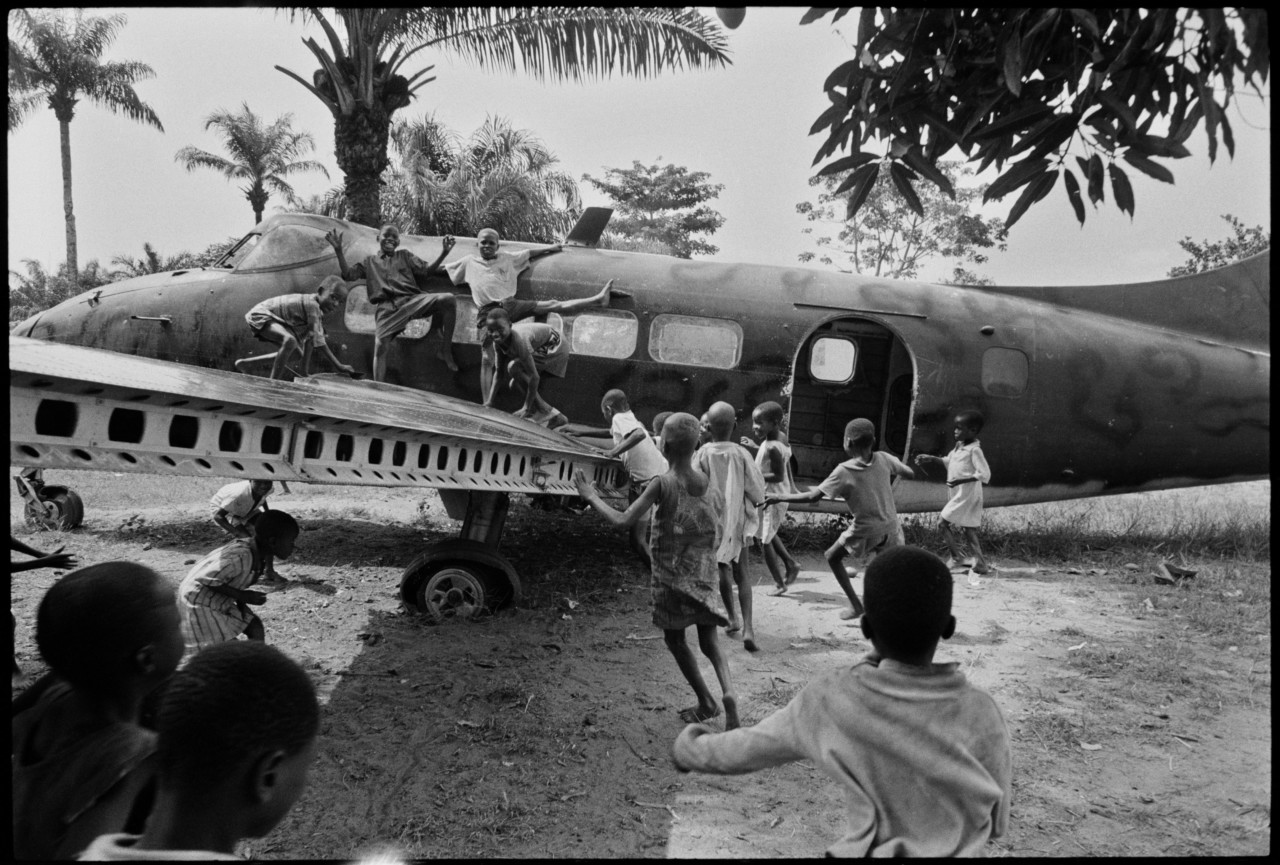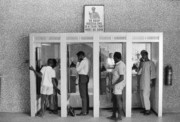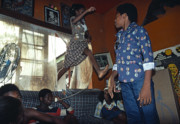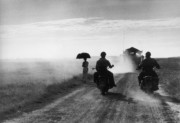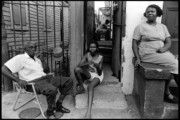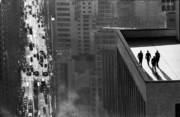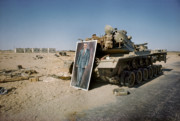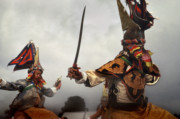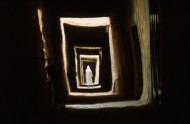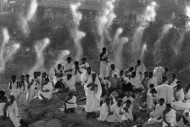In Pictures: The Biafran War
On the 50th anniversary of the beginning of the Biafran War we take a look at the conflict and its aftermath as documented by Bruno Barbey and Abbas
Magnum Photographers
The Biafran war, fought between the Federal Government of Nigeria and the secessionist state of Biafra, was the culmination of a period of racial violence and persecution of the Igbos, its main people. Following the Biafran declaration of independence by Biafran Colonel Ojukwu, the Nigerian government placed an immediate shipping embargo on all goods into the region and led a swift invasion in the early hours of the 6th of July 1967. By tailing the advance of the Nigerian troops, photographer Bruno Barbey was able to document the invasion of the Biafran towns of Nsukka and Ogoja. In his photographs the brutal impact of war is witnessed shattering the mundanity of everyday life.
What followed the initial invasion was a period of almost continuous military activity until the Federal Forces gained control of the Biafran coastal oil facilities and the key trading facility of Port Harcourt a year later. Having been present at the port after the invasion, Barbey photographed the ensuing evacuation of refugees and the extent of international influence on the progress of the War during the military stalemate between ’68 and ’69.
Shortly after the end of the War in early 1970, Abbas took it upon himself to document the aftermath in the now annexed Biafra. The War may have concluded, but in its wake there remained a humanitarian crisis of tragic proportions – widespread starvation causing the death of between 500,000 and 2,000,000 Biafran civilians. “The fall of Biafra in January 1970 was my first international story,” says Abbas, reflecting on this time. “Most of the western press were in favour of the Biafrans and photos of starving children used to make headlines. The reality on the ground was different. In 1971, one year after the end of the separatist war, I decided to go back to the provinces of the ex-Biafra. No-one had thought to re-visit these provinces, and therefore this story became a scoop and was widely printed in magazines.”


